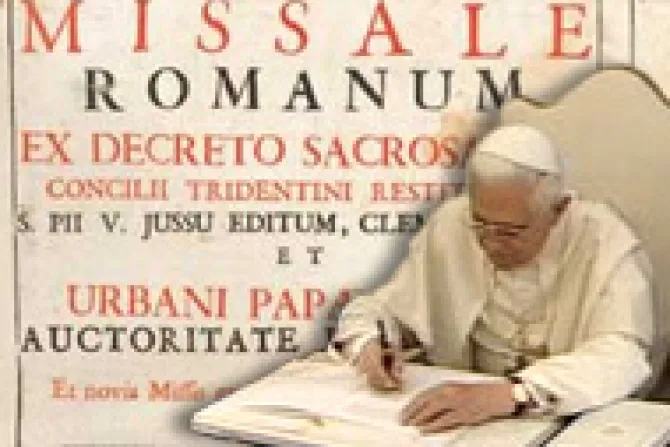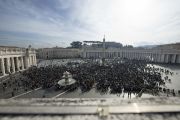Vatican City, Jul 7, 2007 / 02:59 am
Today marks the historic issuance of Pope Benedict’s apostolic letter on the use of the Roman Missal of 1962. The much talked about letter begins with the Pope giving a history of the use of the Roman Missal, and then provides, among other things, an explanation of the purpose of this Motu Proprio.
Before launching into the history of the pre-Vatican II Missal, the Pope makes the distinction that while some believe that it was done away with by the liturgical reforms of Vatican II, this was never the case.
“I would like to draw attention to the fact that this Missal was never juridically abrogated and, consequently, in principle, was always permitted.”
In order for his new letter to be understood correctly, Benedict XVI gives his readers some historical context.



